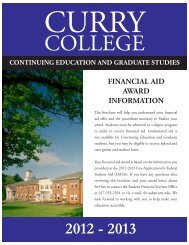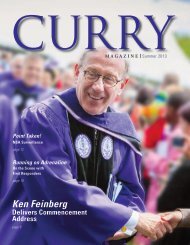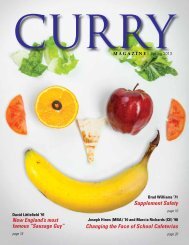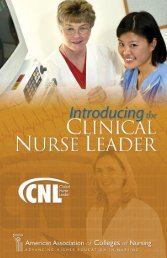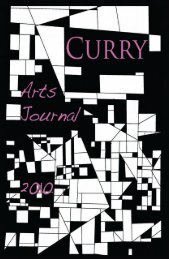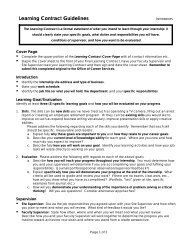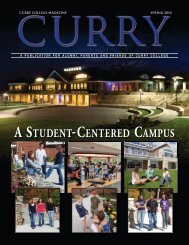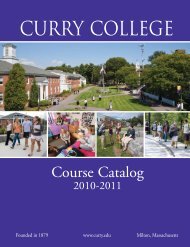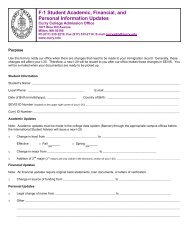Read the Curry College NEASC 2012 Self-Study Report.
Read the Curry College NEASC 2012 Self-Study Report.
Read the Curry College NEASC 2012 Self-Study Report.
Create successful ePaper yourself
Turn your PDF publications into a flip-book with our unique Google optimized e-Paper software.
x<br />
assessment learning goals and measures that demonstrate desired outcomes in student<br />
learning; and (3) improving student retention and graduation rates. Those concerns are<br />
institutional priorities and figure prominently in <strong>the</strong> self‐study.<br />
<strong>Curry</strong>’s faculty today is increasingly full‐time (from 107 in FY 2007 to 122 in FY <strong>2012</strong>) and<br />
credentialed (from 64.5% to 73% with doctoral and terminal master’s degrees over <strong>the</strong> same<br />
period). <strong>Curry</strong> made measurable progress in its efforts to achieve a better balance between fulltime<br />
and part‐time faculty and to increase <strong>the</strong> number and percentage of full‐time faculty with<br />
terminal degrees.<br />
Faculty support and development have also been bolstered, most notably through <strong>the</strong> creation<br />
of a Faculty Center for Professional Development and Curriculum Innovation.<br />
The <strong>College</strong> has continued to make good progress on learning outcomes assessment. All<br />
undergraduate majors and master’s degree programs have published agreed‐upon learning<br />
outcomes. In addition, all master’s degree programs and 60% of undergraduate majors are<br />
using learning outcomes data to inform plans. The institution’s culture and practice have come<br />
to embrace assessment through <strong>the</strong> work of <strong>the</strong> Learning Outcomes Assessment Committee,<br />
professional development, and continual progress. Work is ongoing to complete <strong>the</strong> loop of<br />
articulating expectations and measuring outcomes across all courses, programs, and institutionwide.<br />
Using results to inform appropriate actions and ensure student achievement suitable to<br />
<strong>the</strong> degree is similarly ongoing.<br />
Unfortunately and despite many undertakings and efforts <strong>the</strong>re are no substantive<br />
improvements in retention and graduation rates to report. First‐to‐second year retention rates<br />
for our entering full‐time, first‐time student cohorts are consistently between 65 and 70<br />
percent (with <strong>the</strong> notable exception of FY2010 when only 61 percent of first year students<br />
returned for <strong>the</strong>ir second year). Likewise, graduation rates are consistently between 45 and 50<br />
percent during <strong>the</strong> past four years and show little movement from FY2009 (47%) and present<br />
<strong>Curry</strong> <strong>College</strong> <strong>2012</strong> <strong>Self</strong>-<strong>Study</strong>




